The Papal Conclave: History, Process, And The Next Pope
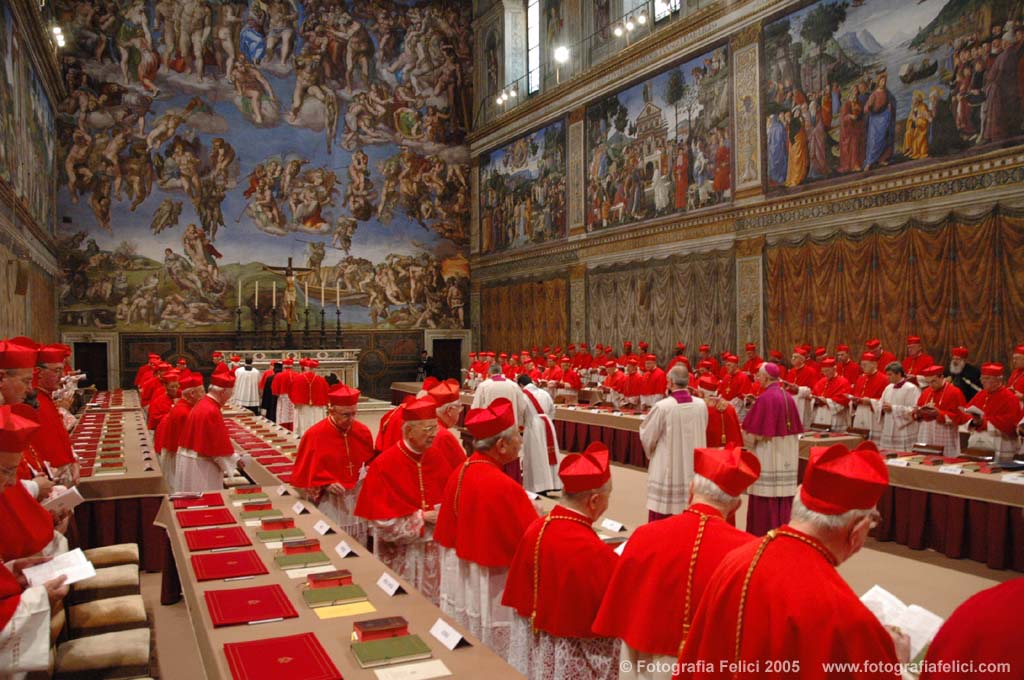
Table of Contents
A Journey Through Papal Conclave History
The method of electing the Pope has evolved significantly over centuries. Early papal elections were often chaotic, relying on acclamation or election by the clergy, sometimes leading to disputes and schisms. The need for a more structured process became apparent, leading to the gradual development of the conclave system. The precise origins are debated, but its formalization occurred over several centuries, driven by the desire to ensure a more orderly and less politically influenced selection.
- Early methods of papal election: These ranged from acclamation, where a candidate was spontaneously chosen by popular support, to elections by the Roman clergy, a process prone to manipulation and bribery.
- The introduction of the conclave system: This system, designed to isolate the cardinals and encourage deliberation, aimed to reduce external influences and promote a more spiritual selection process. The exact timing of its complete institutionalization is complex, but its key features solidified over centuries.
- Significant conclaves throughout history: Some notable conclaves include those that ended the Western Schism (1417), the conclaves that elected Popes like Gregory VII (who initiated major Church reforms) and John Paul II (who played a crucial role in the fall of Communism). These events highlight the historical impact of the conclave process and the popes it produced.
- Evolution of the rules and regulations governing the conclave: Over time, the rules surrounding the conclave have been refined, addressing issues of secrecy, voting procedures, and eligibility of cardinals. These adjustments reflect the Church's ongoing effort to balance tradition with the needs of a changing world.
Understanding the Modern Papal Conclave Process
The modern Papal Conclave is a meticulously orchestrated event. Following the death or resignation of a Pope, a period of sede vacante (empty seat) begins. During this time, the College of Cardinals assumes responsibility for the governance of the Church. The cardinals, eligible voters under the age of 80, are then summoned to the Vatican.
- The period of sede vacante: This period, while temporary, is significant as the Church awaits its new leader. It's a time of reflection and preparation for the crucial election ahead.
- The summoning of the cardinals to the Vatican: Cardinals from around the globe converge on Rome, initiating the preparatory phase of the conclave.
- The conclave itself: Held in the Sistine Chapel, the conclave is a highly secure environment where cardinals live and vote in seclusion until a new Pope is chosen. Daily life within the conclave involves prayer, deliberation, and voting.
- The voting process: Secret ballots are used, requiring a two-thirds majority for election. If no candidate achieves this majority, the voting process continues until a Pope is elected.
- The announcement of the new Pope (Habemus Papam!): The announcement of the new Pope, signaled by white smoke from the Sistine Chapel chimney, is a globally televised event marking a crucial moment for the Catholic Church and the world.
Predicting the Next Pope: Key Considerations and Potential Candidates
Predicting the next Pope is inherently speculative, yet certain factors influence the election. The cardinals consider a candidate's theological viewpoints, their experience in pastoral care, and their ability to lead the Church in a complex global landscape. Geographical representation is also a consideration, aiming for a balance among various regions.
- Key qualities sought in a new Pope: These include strong theological understanding, leadership skills, experience in pastoral work, and the ability to communicate effectively with a diverse global audience.
- Geographical considerations for papal candidates: The cardinals strive for a balance, ensuring representation from various parts of the world, reflecting the Church's global reach.
- Theological perspectives of potential candidates: Candidates’ positions on various theological issues, including ecumenism, social justice, and moral teachings, are carefully examined.
- Profiles of leading cardinal contenders: While naming specific cardinals risks speculation, several prominent figures consistently feature in discussions, recognized for their theological knowledge, pastoral experience, and administrative skills. Their backgrounds and approaches to key issues inform discussions surrounding their potential candidacy.
The Impact of the Next Pope on the Catholic Church and the World
The election of the next Pope will significantly impact the Catholic Church and the world. The new Pope will address challenges such as declining membership in some regions, internal divisions on doctrinal issues, and the Church's role in addressing global issues like poverty, climate change, and political conflicts.
- Current challenges facing the Catholic Church: These include internal doctrinal debates, demographic shifts impacting membership, and navigating complex geopolitical situations.
- Potential areas of focus for the new Pope: The next Pope may prioritize ecumenism (building bridges with other Christian denominations), enhancing social justice initiatives, fostering interfaith dialogue, and addressing the moral implications of modern technology.
- The new Pope's potential influence on global affairs: The Pope's pronouncements on global issues carry significant moral weight, influencing discussions on international relations, human rights, and environmental stewardship.
Conclusion
The Papal Conclave, a process rich in history and steeped in tradition, is a pivotal moment for the Catholic Church and the world. Understanding its history, the modern process, and the factors shaping the selection of the next Pope is crucial for comprehending the future direction of this global faith. The election's implications will resonate across diverse sectors, impacting religious discourse, social justice initiatives, and global affairs. Understanding the intricacies of the Papal Conclave is crucial for comprehending the future direction of the Catholic Church. Learn more about this significant event and follow the latest updates on the election of the next Pope.

Featured Posts
-
 Global Innovation Strategy Psg Establishes First Lab In Doha
May 08, 2025
Global Innovation Strategy Psg Establishes First Lab In Doha
May 08, 2025 -
 Office365 Security Breach Millions Stolen Via Executive Email Access
May 08, 2025
Office365 Security Breach Millions Stolen Via Executive Email Access
May 08, 2025 -
 Dodger Mookie Betts Misses Freeway Series Opener Due To Illness
May 08, 2025
Dodger Mookie Betts Misses Freeway Series Opener Due To Illness
May 08, 2025 -
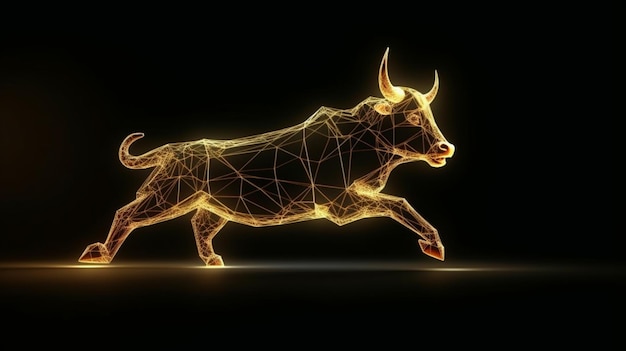 Ethereums Bullish Run Analyzing Price Strength And Market Trends
May 08, 2025
Ethereums Bullish Run Analyzing Price Strength And Market Trends
May 08, 2025 -
 Dossiers On Papal Candidates What Cardinals Are Considering
May 08, 2025
Dossiers On Papal Candidates What Cardinals Are Considering
May 08, 2025
Latest Posts
-
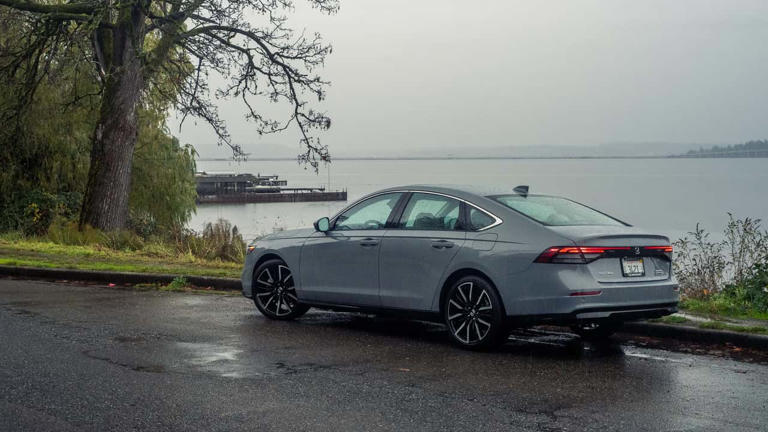 Analyzing The Challenges Facing Xrp Etfs Supply And Investor Interest
May 08, 2025
Analyzing The Challenges Facing Xrp Etfs Supply And Investor Interest
May 08, 2025 -
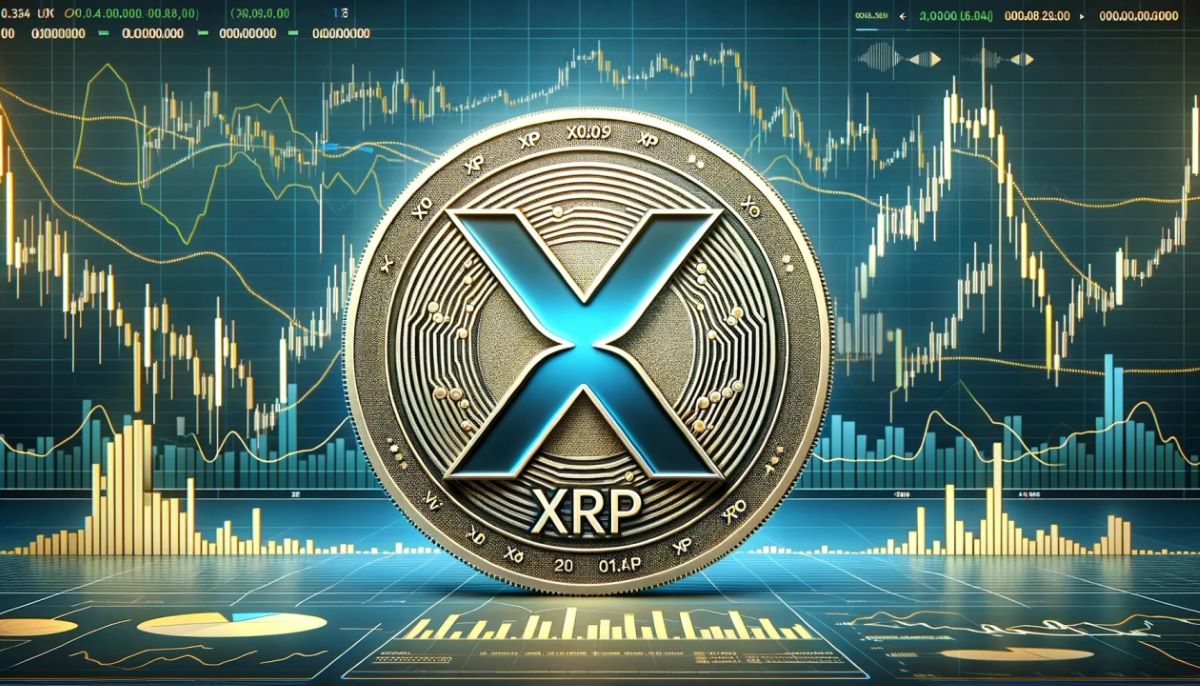 Xrp Etf Risks High Supply And Limited Institutional Adoption
May 08, 2025
Xrp Etf Risks High Supply And Limited Institutional Adoption
May 08, 2025 -
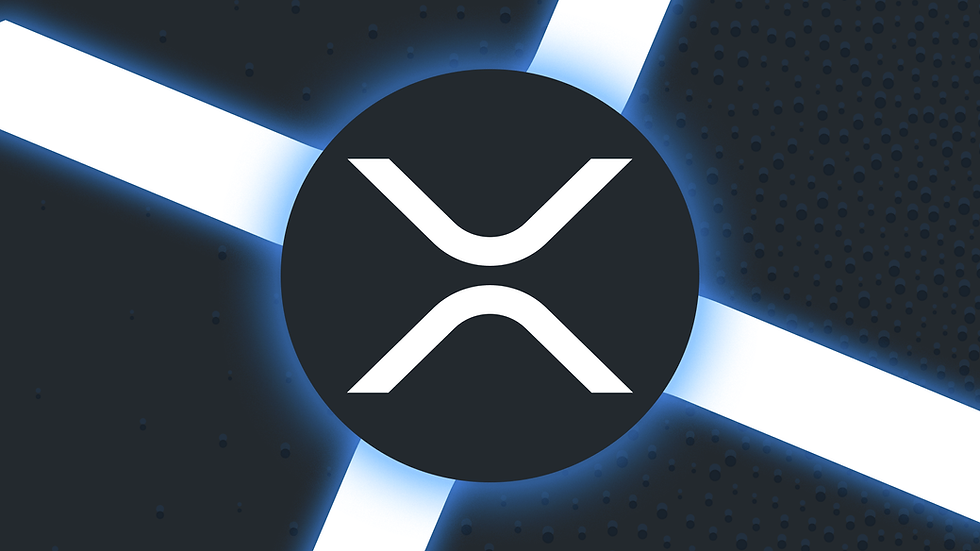 Will Xrp Etfs Disappoint Assessing Supply And Institutional Interest
May 08, 2025
Will Xrp Etfs Disappoint Assessing Supply And Institutional Interest
May 08, 2025 -
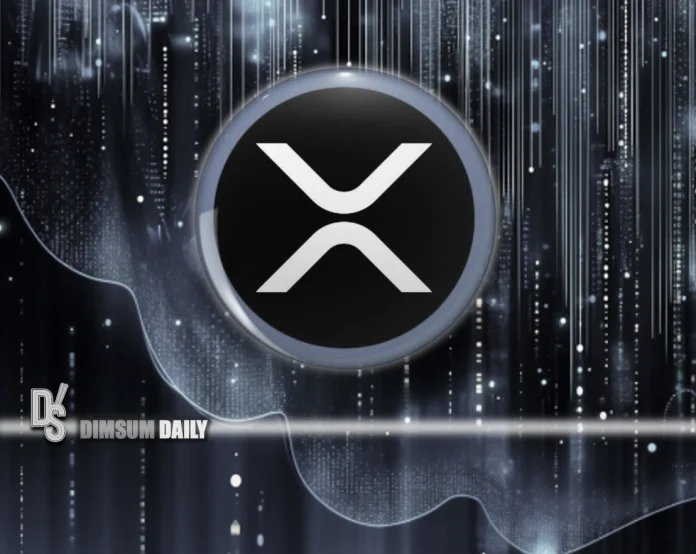 Xrp Etf Disappointing Prospects Due To Supply And Low Institutional Demand
May 08, 2025
Xrp Etf Disappointing Prospects Due To Supply And Low Institutional Demand
May 08, 2025 -
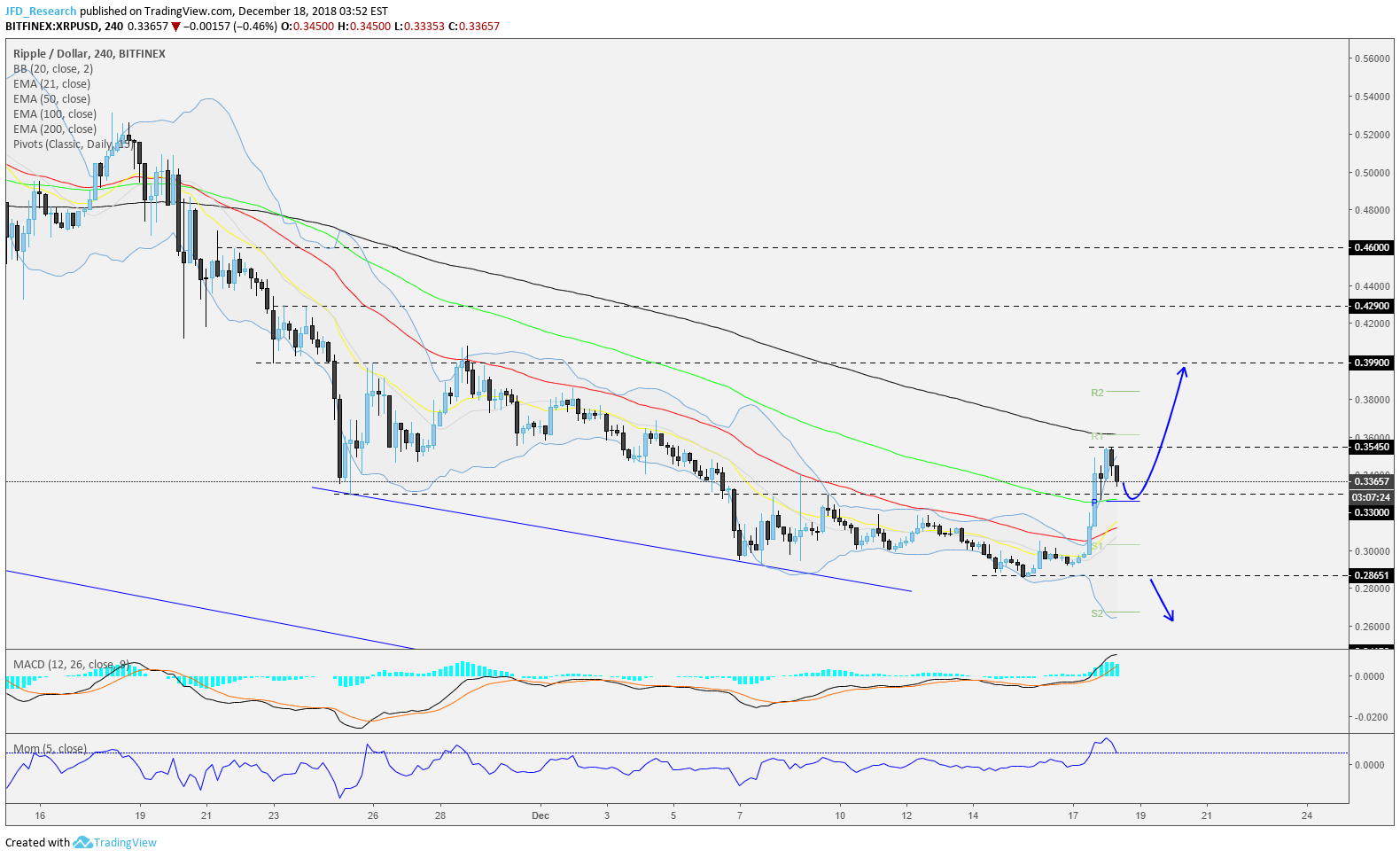 Understanding The 400 Xrp Price Increase Is It A Short Term Or Long Term Trend
May 08, 2025
Understanding The 400 Xrp Price Increase Is It A Short Term Or Long Term Trend
May 08, 2025
